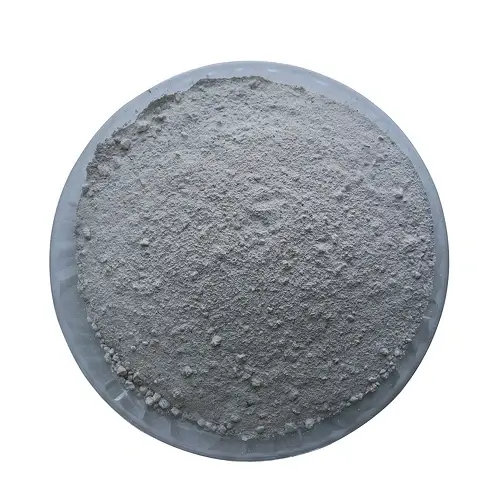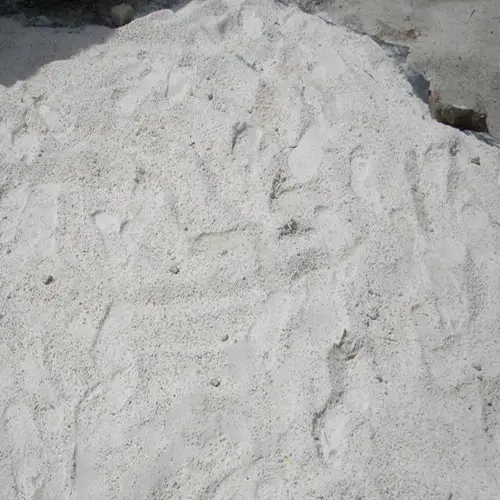Refractory materials are basic materials for high-temperature technology. They are closely related to the development of high-temperature technology, especially the high-temperature smelting industry. They are interdependent, mutually promoted, and developed together. So what are refractory materials? It generally refers to materials and products that are mainly composed of inorganic non-metallic materials and have a refractoriness of not less than 1580℃. Refractoriness refers to the temperature at which a material reaches a specific degree of softening and deformation under high temperature, which indicates the material’s ability to resist high temperature. Under certain conditions, the quality and variety of refractory materials play a key role in the development of high-temperature technology.
Below we mainly introduce the classification of refractory materials:
1.According to the degree of refractoriness:
Ordinary refractory materials: 1580℃~1770℃
Advanced refractory materials: 1770℃~2000℃
Special refractory materials: >2000℃
2.According to the different shapes and sizes of products:
Standard type: 230mm×114mm×65mm;
No more than 4 scales, (dimension ratio) Max:Min<4:1;
Special type: No more than 2 concave angles, (dimension ratio) Max:Min<6:1;
Or there is an acute angle of 50-70°;
Special type: (dimension ratio) Max:Min<8:1;
Or no more than 4 concave angles; or there is an acute angle of 30-50°;
Special products: crucibles, utensils, tubes, etc.
3.According to the manufacturing method, refractory materials can be divided into:
Fired products,
Unfired products,
Amorphous refractory materials
4.Classification by material chemical properties:
Acidic refractory: usually refers to refractory with high content of acidic oxides such as SiO2. Such as siliceous, semi-siliceous, fused quartz and recombined fused quartz refractory.
Neutral refractory: Refractory that is not easy to react with acidic or alkaline slag at high temperature is called neutral refractory, such as carbon refractory and chromium refractory.
Alkaline refractory: Alkaline refractory refers to refractory with magnesium oxide, magnesium oxide and calcium oxide or calcium oxide as the main chemical components. Usually this kind of material has the characteristics of high refractoriness and strong resistance to alkaline slag. The main varieties of commonly used alkaline refractory are magnesium, dolomite, etc.

5.Classification by chemical mineral composition:
This classification method can directly characterize the basic composition and characteristics of various refractory materials. It is a common classification method in production, use, and scientific research, and has strong practical application significance.
Silica (silicon oxide)
Aluminum silicate
Corundum
Magnesium, magnesium calcium, aluminum magnesium, magnesium silicon
Carbon composite refractory
Zirconium refractory
Special refractory
6.Classification of monolithic refractory materials (classified according to usage):
Castables, spray materials, ramming materials, plastic materials, pressed materials, projecting materials, smearing materials, dry vibrating materials, self-flowing castables, refractory mud, etc.
7.According to its application scenario, it can be divided into:
Refractory materials can be divided into coke oven refractory materials, blast furnace refractory materials, steelmaking furnace refractory materials, continuous casting refractory materials, non-ferrous metal smelting refractory materials, cement kiln refractory materials, glass kiln refractory materials, slep furnace refractory materials, activated carbon kiln refractory materials, etc. according to their application.
According to the application scenario classification, each type of refractory material has different characteristics, and you can choose the appropriate one according to the production direction of the enterprise.
Through the above, we can have a clear understanding of the classification of refractory materials. These classifications not only help us better understand and select refractory materials, but also reflect the important position and role of refractory materials in the development of high temperature technology. With the continuous advancement of high temperature technology, the research and development and application of refractory materials will also continue to innovate and improve, providing better support for the development of high temperature technology.

